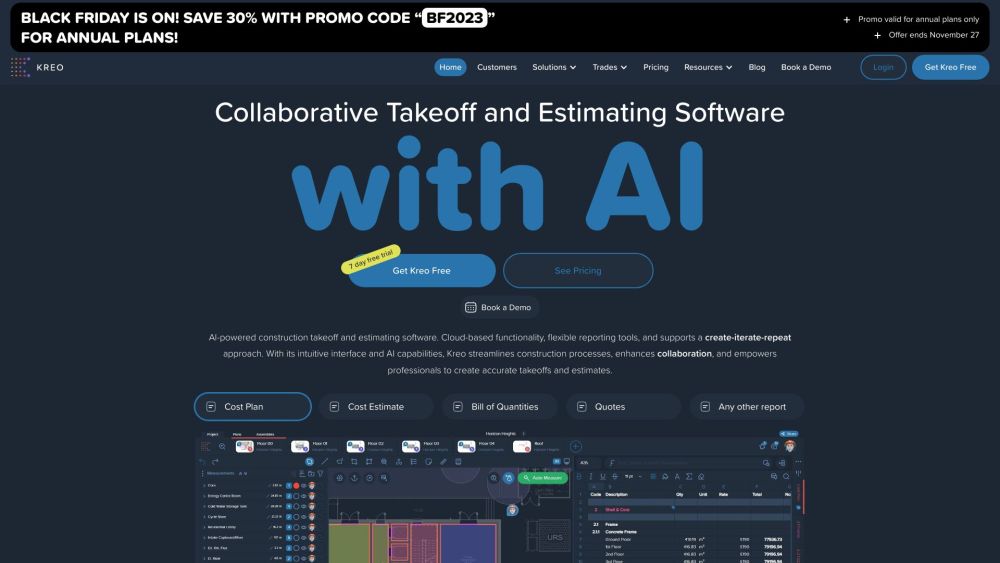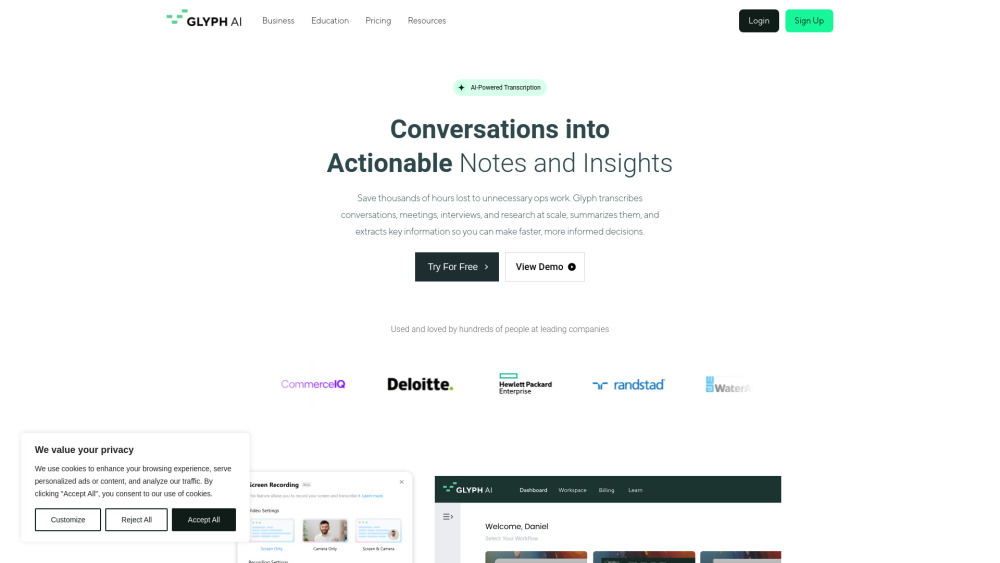Anyone who has worked in a customer-facing role or collaborated with a team understands that each person has unique and sometimes puzzling preferences.
While grasping individual preferences can be challenging for humans, it's even more complex for AI models, which lack personal experiences and contexts to draw upon. So, how can AI effectively understand what users truly want?
Introducing GATE: A New Approach to AI Understanding
A team of researchers from leading universities and the startup Anthropic, creators of the chatbot Claude 2, are tackling this challenge. They propose a straightforward solution: train AI models to ask users more questions to uncover their true preferences.
In a recent study, Anthropic researcher Alex Tamkin, along with colleagues from MIT and Stanford, introduced "generative active task elicitation" (GATE). Their objective is clear: leverage large language models (LLMs) to transform human preferences into automated decision-making systems.
In essence, GATE enables LLMs to engage users in conversation during their first interaction. The model not only generates and analyzes text but also incorporates user responses in real-time, allowing it to infer user desires based on their input and related concepts within its database. As the researchers state, “The effectiveness of language models for understanding and producing text suggests they can effectively elicit and comprehend user preferences.”
Three Methods of GATE
The GATE approach can be implemented in several ways:
1. Generative Active Learning: In this method, the LLM generates example responses and asks users for feedback. For instance, it might inquire, “Are you interested in the article: The Art of Fusion Cuisine: Mixing Cultures and Flavors?” Based on user feedback, the LLM will adjust the types of content it provides.
2. Yes/No Question Generation: This straightforward approach involves binary questions like, “Do you enjoy reading articles about health and wellness?” The LLM will adapt its responses according to the user’s 'yes' or 'no' answers, omitting topics that received a negative response.
3. Open-Ended Questions: This broader method aims to elicit more nuanced information. The LLM might ask, “What hobbies do you enjoy in your free time, and what captivates you about them?”
Positive Outcomes from GATE Trials
The researchers tested the GATE method across three domains: content recommendations, moral reasoning, and email validation. By fine-tuning OpenAI's GPT-4 and involving 388 participants, they found that GATE often produced models with higher accuracy compared to traditional baselines while requiring similar or less cognitive effort from users.
Specifically, the GPT-4 model fine-tuned with GATE demonstrated a notable boost in accurately predicting user preferences, showing a significant improvement in its ability to tailor responses.
The study highlights that LMs can successfully implement GATE to elicit human preferences more accurately and efficiently than existing methods.
This advancement could significantly streamline the development of LLM-powered chatbots for customer or employee interactions. Instead of relying solely on pre-existing datasets to infer preferences, fine-tuning models to engage in the Q&A process could enhance user experiences by ensuring more relevant and helpful interactions.
So, if your preferred AI chatbot starts asking you about your preferences soon, it’s likely utilizing the GATE method to deliver more tailored and satisfying responses.





